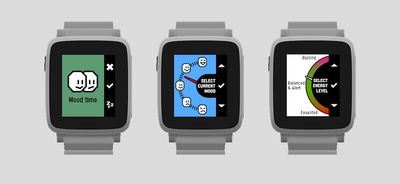Pebble has published the algorithms that drive its native fitness tracking app, following the launch of its crowdfunding campaign for three new fitness-focused smartwatches, the Pebble Core, Pebble 2, and Time 2.
The move is a first in the wearables industry, and appears to be an effort by the company to demonstrate serious ambitions in the burgeoning "quantified self" and health data tracking fields.

Nathaniel Stockham is a Stanford University Ph.D. student in Neuroscience and the person who developed the app's algorithms. Stockham explained in a blog post called "Opening the Black Box" that one of the published algorithms detects and measures motion, while the other counts steps and can distinguish if you're walking or running.
Algorithms "are the missing piece in making wearables useful to developers and relevant to healthcare researchers", according to the company. The idea is that by making its own algorithms available to the public, Pebble is enabling third parties to expand upon its own work.
Pebble has also worked with Stanford to launch a new mood-logging app called Happiness. The app works on a weekly cycle and prompts users to rate their daily mood and energy levels, and also requests contextual details such as location, activity, and social company, and then collates the data in an email report. The app is available for Pebble Time, Pebble Time Steel and Pebble Time Round users, and can be downloaded here.
Pebble claims that the app has allowed some of its own staff to make tangible changes in their life, such as socializing more with coworkers. The company states that all identifying Happiness usage data remains within the app, although it notes that some data may be used in aggregate analytics.
Lastly, Pebble has also published the results of a sleep study it has conducted with the university, looking at the differences between people who consider themselves "night owls" or "morning larks". The data was able to identify distinct clusters that aligned with the two tendencies, and suggests that these groups represent biologically established chronotypes.
























Top Rated Comments